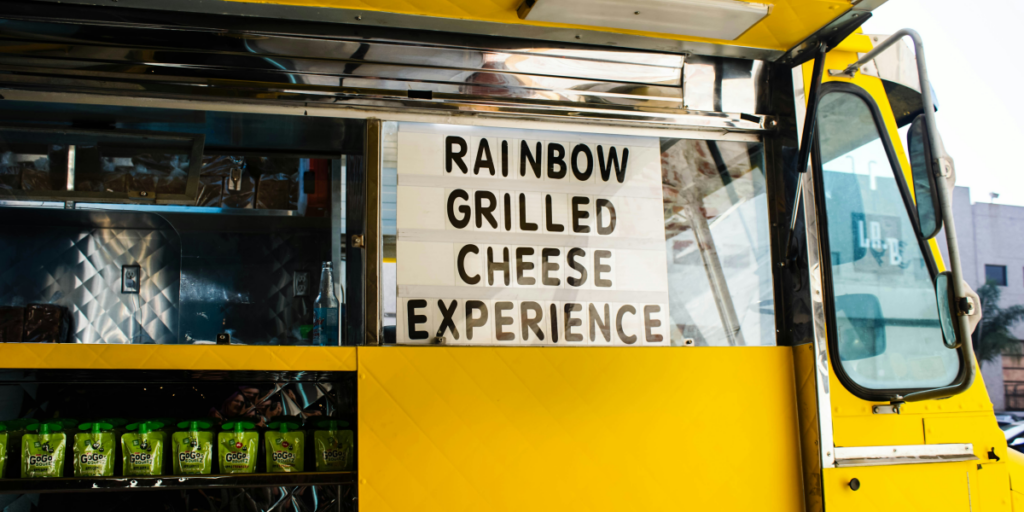In 2024, streaming platforms are transforming the music industry by redefining how listeners discover, consume, and interact with music. Here’s a breakdown of their profound impact on music consumption and the industry as a whole.
1. Revolutionizing Music Discovery
Personalized Playlists & Algorithms
Streaming platforms like Spotify and Apple Music use advanced algorithms to offer personalized playlists such as “Discover Weekly” or “For You.” These curated lists introduce users to new tracks based on listening habits, driving music discovery and propelling lesser-known artists into the spotlight. This algorithmic influence not only diversifies user experiences but also directs the popularity of certain songs and artists.
Elevating New Talent
Playlist inclusion is a game-changer for artists. Tracks featured on high-traffic playlists like “RapCaviar” or “New Music Friday” can quickly gain millions of streams. This increased visibility is critical for artists aiming to break into mainstream success, though it often favors specific genres that align with platform trends.
2. Influencing Global Music Trends
Cross-Cultural Impact
Streaming has globalized music, breaking down barriers to access. Non-English music genres like K-pop, Afrobeats, and Latin trap are experiencing unprecedented growth in Western markets due to their accessibility on platforms like YouTube Music. This cross-cultural exchange has led to a more diverse music landscape, as users explore tracks from around the world.
Data-Driven Trends
Streaming platforms track user data to identify popular genres and songs, often pushing similar tracks to users globally. This data-driven promotion can lead to sudden genre booms, with streaming influencing which sounds dominate the charts, shifting global music trends rapidly.
3. Economic Implications for Artists
Revenue Challenges
While streaming platforms provide exposure, they’ve sparked debates over fair compensation. Artists are paid per stream, but the rates are often too low for independent musicians to earn a sustainable income. As streaming numbers increasingly influence record deals and promotional opportunities, artists face pressure to optimize their online performance metrics.
Beyond Streaming: Diversifying Income
Many artists use streaming success to unlock alternative revenue streams like brand partnerships, merchandise sales, and live performances. The visibility gained on platforms often leads to endorsements and opportunities that supplement traditional music revenue.
4. Changing Listening Habits
From Albums to Singles
The rise of streaming has led to a shift in how audiences engage with music, favoring singles over full-length albums. Artists are now prioritizing hit singles that fit seamlessly into popular playlists, focusing on tracks that grab attention quickly. This shift has also shortened song structures, with hooks often appearing earlier to align with listeners’ shorter attention spans.
Bite-Sized Consumption
The ease of skipping tracks on streaming apps has influenced song creation, leading to concise, attention-grabbing compositions. Artists are producing shorter tracks to match the playlist format and retain listener engagement, as the average listener’s patience decreases.
5. Social Integration and Community Engagement
Collaborative Playlists & Social Sharing
Streaming services have introduced social features, like collaborative playlists, that allow users to share and create music collections with friends, enhancing community engagement. Platforms also integrate with social media, allowing users to share listening stats, boosting organic music discovery.
Influence of Short-Form Video
The popularity of TikTok and Instagram Reels has impacted how music is consumed, with short snippets driving viral trends. Streaming platforms are leveraging this by allowing integration, where users can share clips directly, driving songs to viral status.
6. Impact on Music Production
Data-Driven Music Creation
Streaming data now plays a significant role in shaping music production. Artists and producers analyze streaming trends to determine song length, style, and even lyrics that align with popular playlist moods. This data-informed approach guides artists to craft music that appeals to platform algorithms, optimizing for playlist inclusion.
Streaming-Optimized Tracks
There’s a growing trend towards “streaming-optimized” content, where songs are specifically designed for playlist success. These tracks often have catchy intros, shorter runtimes, and engaging hooks designed to capture listeners within the first few seconds.
The Rise of AI and Streaming Integration
One of the most significant shifts in 2024 is the integration of artificial intelligence (AI) within streaming platforms, revolutionizing user experiences and music recommendations. Platforms like Spotify and Apple Music are leveraging AI to refine their recommendation engines, offering hyper-personalized listening suggestions that go beyond traditional algorithms.
AI-generated playlists can adapt to mood, time of day, or even specific activities, providing a more tailored experience for listeners. Additionally, AI is influencing music creation itself, with some artists experimenting with AI-powered tools to generate beats, lyrics, and even entire songs. This merging of technology and artistry is not only shaping how music is consumed but also how it is produced, indicating a future where AI plays a pivotal role in the evolution of the music industry.
Changing the Music Industry One Stream at a Time
Streaming platforms in 2024 are more than just a medium for listening; they are driving the evolution of the music industry. From personalized discovery and global music trends to changes in production and artist compensation, streaming has redefined how music is experienced, created, and shared. As platforms continue to innovate, their influence on music consumption and industry dynamics will only grow, shaping the future of how we engage with music.
These platforms’ dominance underscores an ongoing shift in listener behavior and artist strategies, making it clear that the digital age of music is here to stay.
Published by: Annie P.













